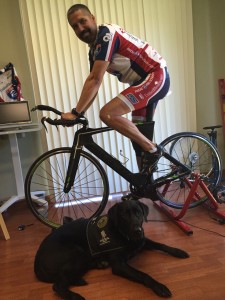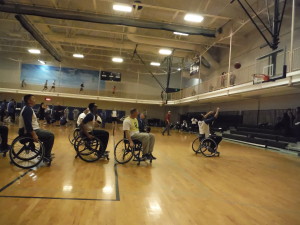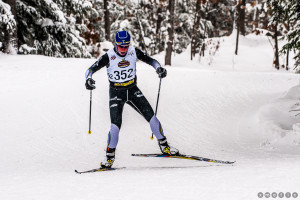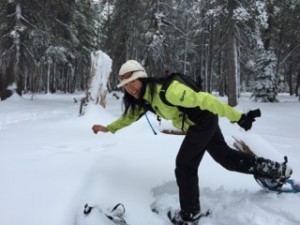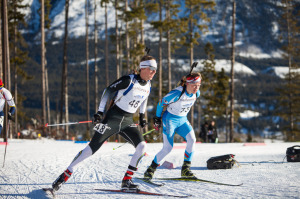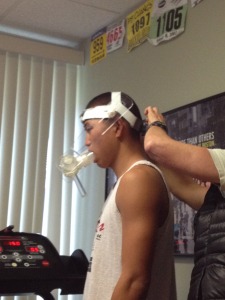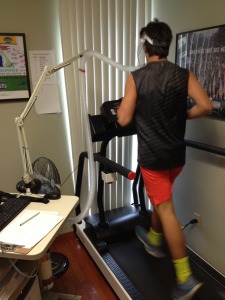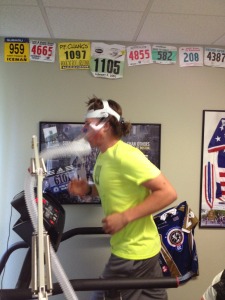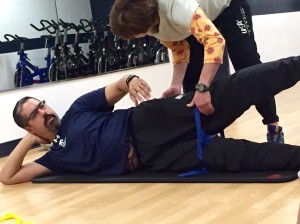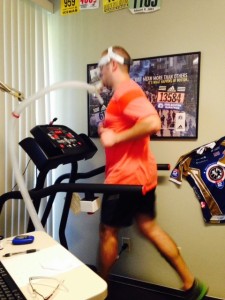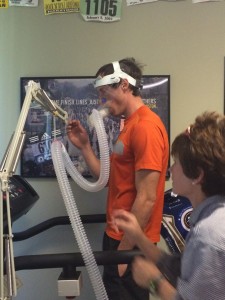Did You Know, that Finger Position, Can Shave Seconds?
Silver Sage sponsored, Ride2Recovery athlete (un-named to protect active duty identity) checks in…
It amazes me how meeting one person that finds out about your past can launch something that just leaves you speechless. That a simple thank you just doesn’t seem to get the job done. I retire officially in five days. During my med board process for my wounds acquired down range, I was sent to a Nurse Care Manager at Beale Air Force Base in California. Next thing I know I am getting an invite to come to San Antonio, Texas for an event put on by the Air Force for injured Air Force members, current and prior. It is called the Wounded Warrior Adaptive Sports and Reconditioning Camp.
This camp is designed to introduce wounded Air Force personnel to adaptive sports for a week, so they can go to the Air Force trials and try to be selected for the Warrior Games. These games place the five service branches (Army, Air Force, Navy, Marines, Coast Guard and then my boys…Special Operations Command, SOCOM) all against each other in an adaptive sports competition. The Warrior Games include…Swimming, Cycling, Track and Field, Wheelchair Basketball, SittingVolleyball, Archery, Air Rifle and pistol. The Air Force is the only service that has had a participant earn gold in every event, earning the title of Super Warrior.
I am not sure if I will participate as of yet, if I will either team up with the Air Force or SOCOM, we’ll see! Nevertheless, this training was so valuable, they broke it down to how the way you hold your fingers when running a sprint can shave off an 100th of a second. It’s crazy, but these coaches are all professionally Certified to train Olympians! They themselves are mostly former Olympians or Olympic coaches! Some of the best training that I have ever received, can’t wait to put it to use back home! Good times…good friends!! GO AIR FORCE!!!

